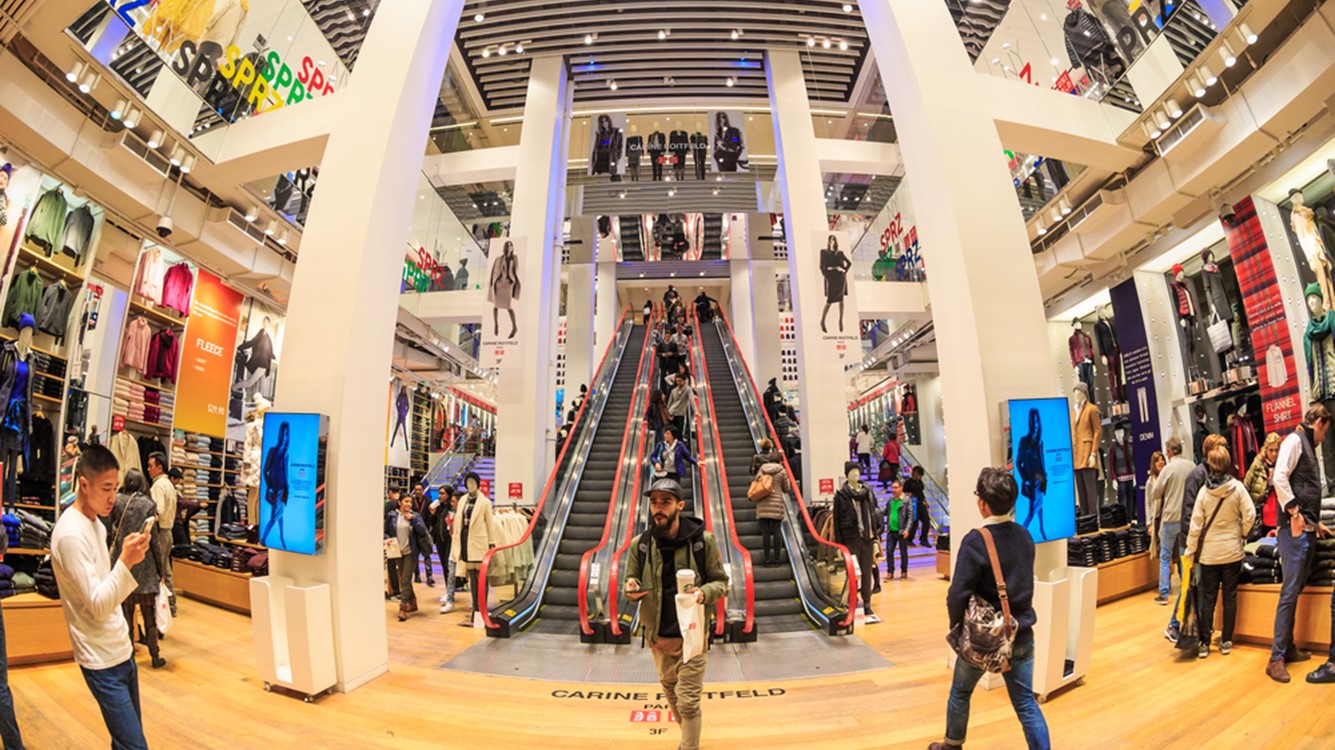Retail sales sputtered in June
Poor auto sales due to a cyber attack drove the results.

July 16, 2024
Retail sales were flat in June, following an upwardly revised May reading of 0.3%. The soft print matched the consensus forecast but beat the Visa spending index which showed a drop of -0.4%. The retail sales index is not inflation adjusted, so when accounting for the softest CPI figures since April 2020, real retail sales actually edged lower by -0.1%.
Motor vehicles and parts sales fell -2% after a relatively strong May. Vehicle sales slid in June despite continued dealer discounting. Both new and used vehicle prices dropped in the June consumer price index, showing the discounts’ effects. The main culprit for the pullback in auto sales was a cyber attack, which sidelined some 50,000 dealers in late June and curbed sales for the month.
Excluding motor vehicles, retail sales expanded a solid 0.5%, the second highest reading of the last nine months. Gains were broad-based. Furniture and home furnishings store sales and electronics and appliance store sales rose in June, despite high rates and the slowdown in home sales. Consumers are tapping into the equity in their homes, spurring a rebound in building materials and garden equipment stores, which jumped 1.4% in June after a weak reading in May.
Sales growth at clothing and clothing accessories stores slowed to 0.6% after expanding at faster rates in April and May. Apparel prices increased slightly in June after a stumbling in May, perhaps explaining some of the slowdown. Sales at general merchandise and department stores each advanced 0.4%. Big-box retailers, which set the trend for the industry, announced broad price reductions on thousands of goods in a margin play. Health and personal care stores did the same; the result showed up in the volume of spending, as spending rose nearly 1% in June.
Consumers have become much more discerning in their purchases and are pushing back on price hikes. The reaction to price cuts suggests that the pushback from consumers on prices does not equate to a pullback in spending. Discount it and they will come.
Only a few categories experienced sales declines. Motor vehicles and parts dealers, sporting goods and hobby stores and gasoline stations. However, prices at the pump dropped more than spending at gasoline stations, which suggests that road trips picked up in June.
E-commerce sales rebounded 1.9% after an upwardly revised 1.1% in May. That continues the upward momentum in online shopping as a share of retail sales. Online spending now makes up 20% of retail sales compared to 15% pre-pandemic. Back-to-school and online discount days will likely provide further boosts to e-commerce sales. Online sales are up 9% year-over-year, outperforming total retail sales which are up 2%.
Restaurant and bar sales were up 0.3% in June but fell slightly after adjusting for inflation. Fast-food chains expanded their discounts during June, but that wasn't enough to offset the rise in prices at sit-down dining establishments. Anecdotal reports have mounted about consumers bristling at the multitude of surcharges that continue to show up on their bills.
Core retail sales, which is a portion of the GDP calculation, jumped 0.9% in June, matching the largest increase since April 2023. That was coming off a downwardly revised May figure. Total second quarter core retail sales grew 0.8%, more than doubling the growth of the first quarter.
The data on retail sales and inflation suggest that consumer spending picked up in the second quarter.
Ben Shoesmith, KPMG Senior Economist
Bottom Line
The data on retail sales and inflation suggest that consumer spending picked up in the second quarter, while inventory accumulation was probably less than previously thought. The net effect is an upward revision to growth in the second quarter to north of 2% and a tailwind on growth for the third quarter. As long as those gains are combined with moderating inflation and discounts, the Fed can move forward with a rate cut in September; we expect another cut in December.
Explore more

A small gain in retail sales for May
Higher interest rates are discouraging spending on cars and housing related items.

KPMG Economics
A source for unbiased economic intelligence to help improve strategic decision-making.

Election year dissonance: Midyear economic outlook
Everything from higher rates to investment delays triggered by the election could suppress economic activity.
Subscribe to insights from KPMG Economics
KPMG Economics distributes a wide selection of insight and analysis to help businesses make informed decisions.
Meet our team

